A dystopian vision of Dartmoor unfolds in Robert Darch’s haunting photographs
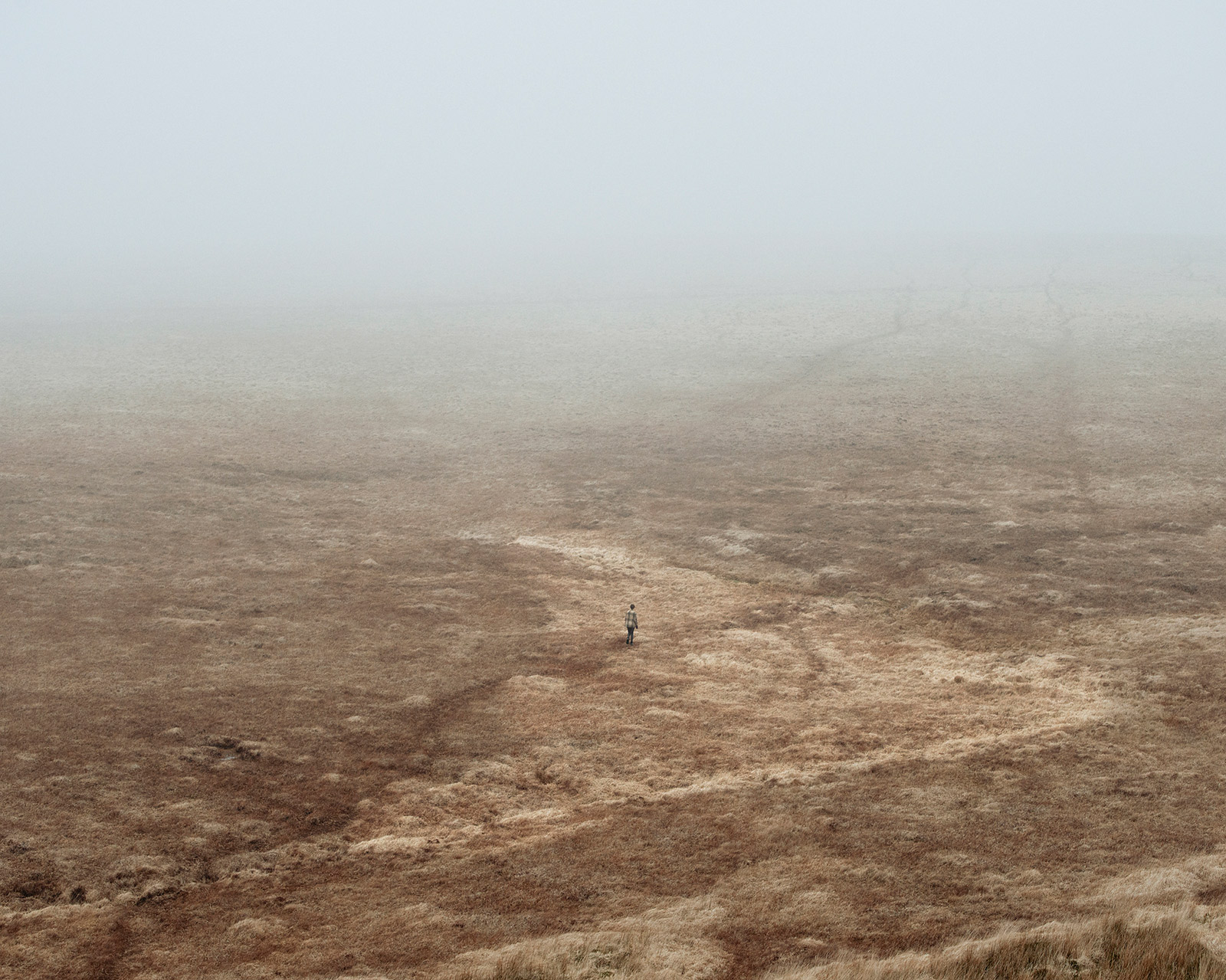
‘My first conscious memory was the sound of hunting dogs baying on the fringes of Dartmoor,’ says photographer Robert Darch, who recently launched his new book at the Martin Parr Foundation. ‘Although our 1960s semi backed onto fields, the rurality of Devon and the baying hounds must have appeared otherworldly to me as a three-year-old.’
That mystical feeling has stayed with Darch, and it permeates the pages of The Moor, a sci-fi visual narrative that shows the landscape as a dystopia in the near future. Dark, tense and perilous, Dartmoor is turned into a dramatic stage setting, primal and symbolic. As an adult, Darch found himself living in the area, moving closer and closer to the moor, drawn there as if by some uncanny force.
It’s the ambivalence of the bleak and barren landscape that Darch clearly finds so fascinating and that has continued to capture his imagination. ‘The moors can appear serene and beautiful on a summer’s day, but during the winter, covered in snow, fog, battered by high winds and stinging rain you can lose yourself in the landscape,’ he explains.

Darch continues: ‘Initially I was considering making a documentary project about the people that inhabit and work on the moor. However, I soon realised that I was far more interested in making a work about how Dartmoor makes me feel, lost, alone, isolated, excited and scared.’
The people who become the characters in Darch’s narrative all share a relationship with Dartmoor; although constructed. ‘On the days I was out with people I also allowed for situations to naturally present themselves,’ the photographer notes, including a series of images of a male figure falling asleep next to an uprooted tree. ‘My subject hadn’t slept the previous night, he was partying and during the whole shoot he was literally falling asleep standing up. This was a genuine response to a set of real world circumstances which helped formulate the idea of people surviving in a dystopian future.’
Darch is already working on his next project in connection Dartmoor, but this time it’s something more traditional: a documentary project on teens training for the Ten Tors, an annual event organised by the British Army.

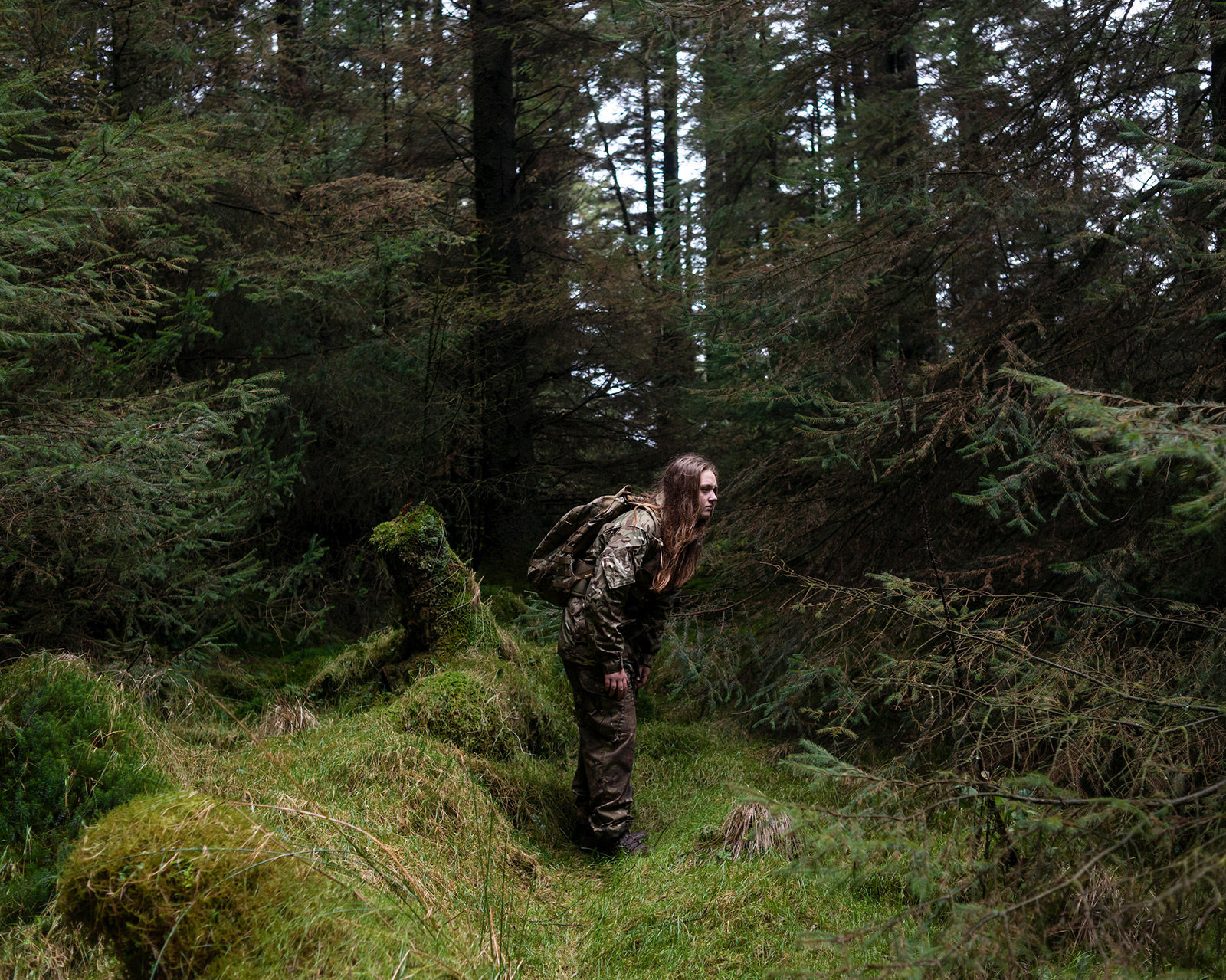

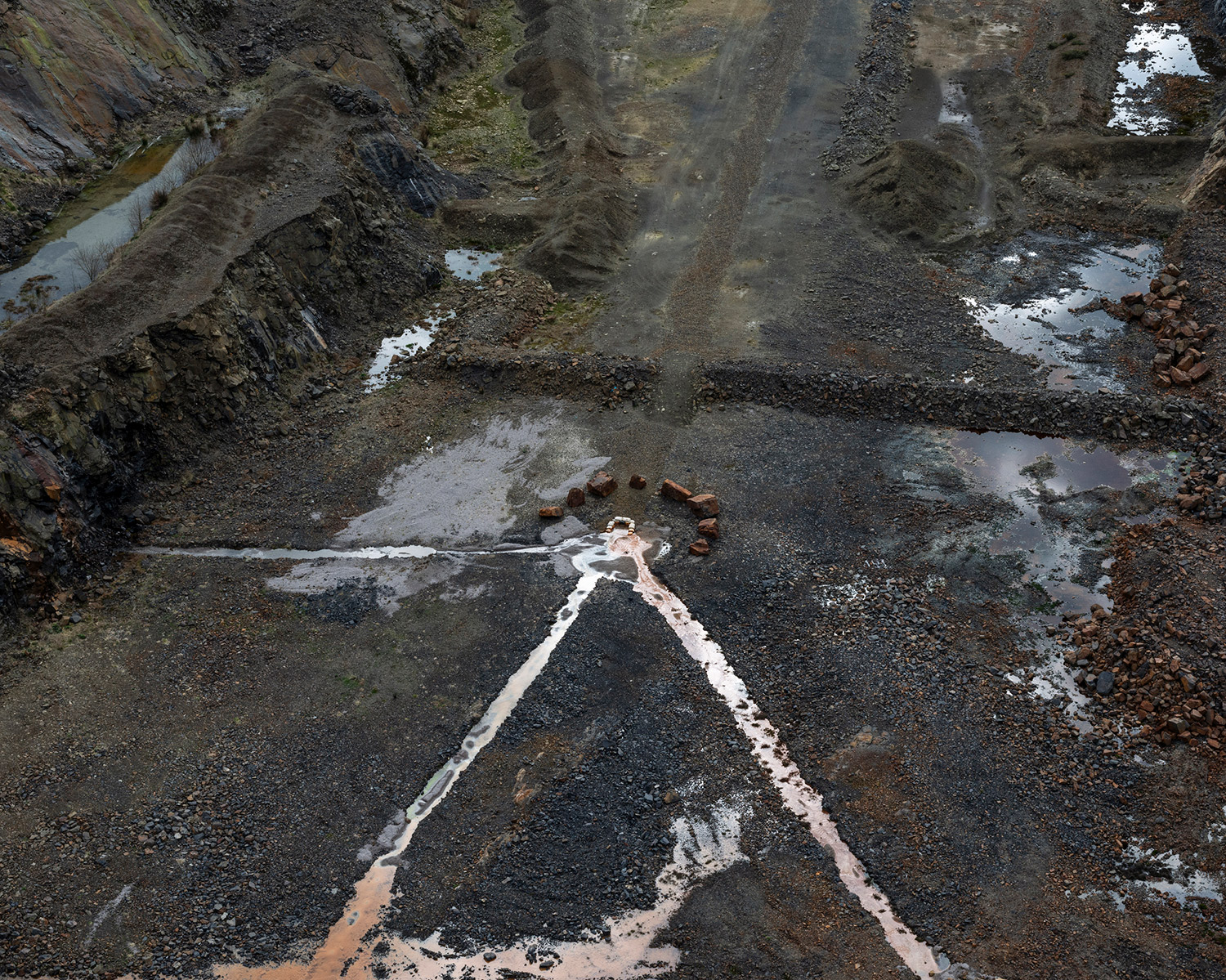
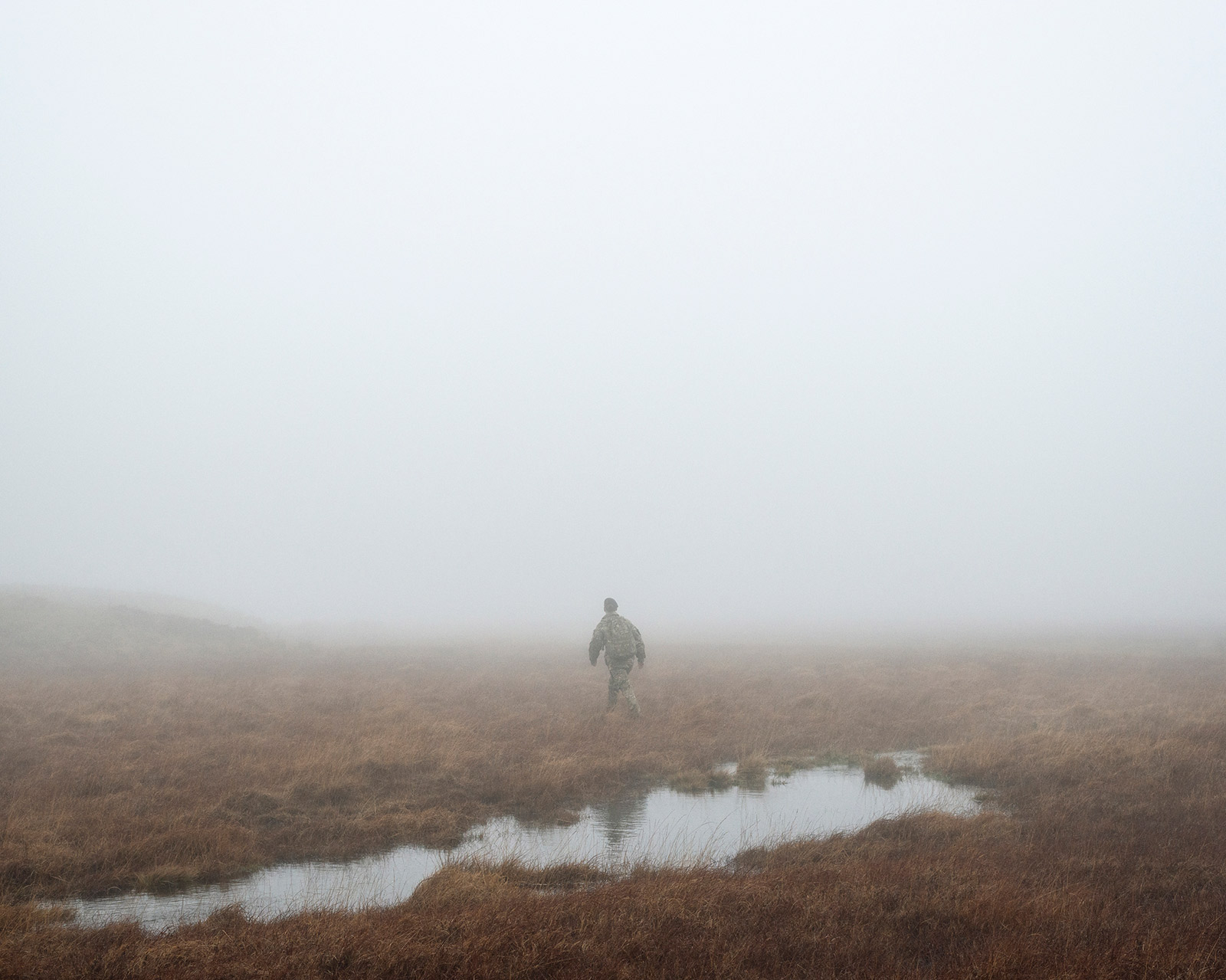
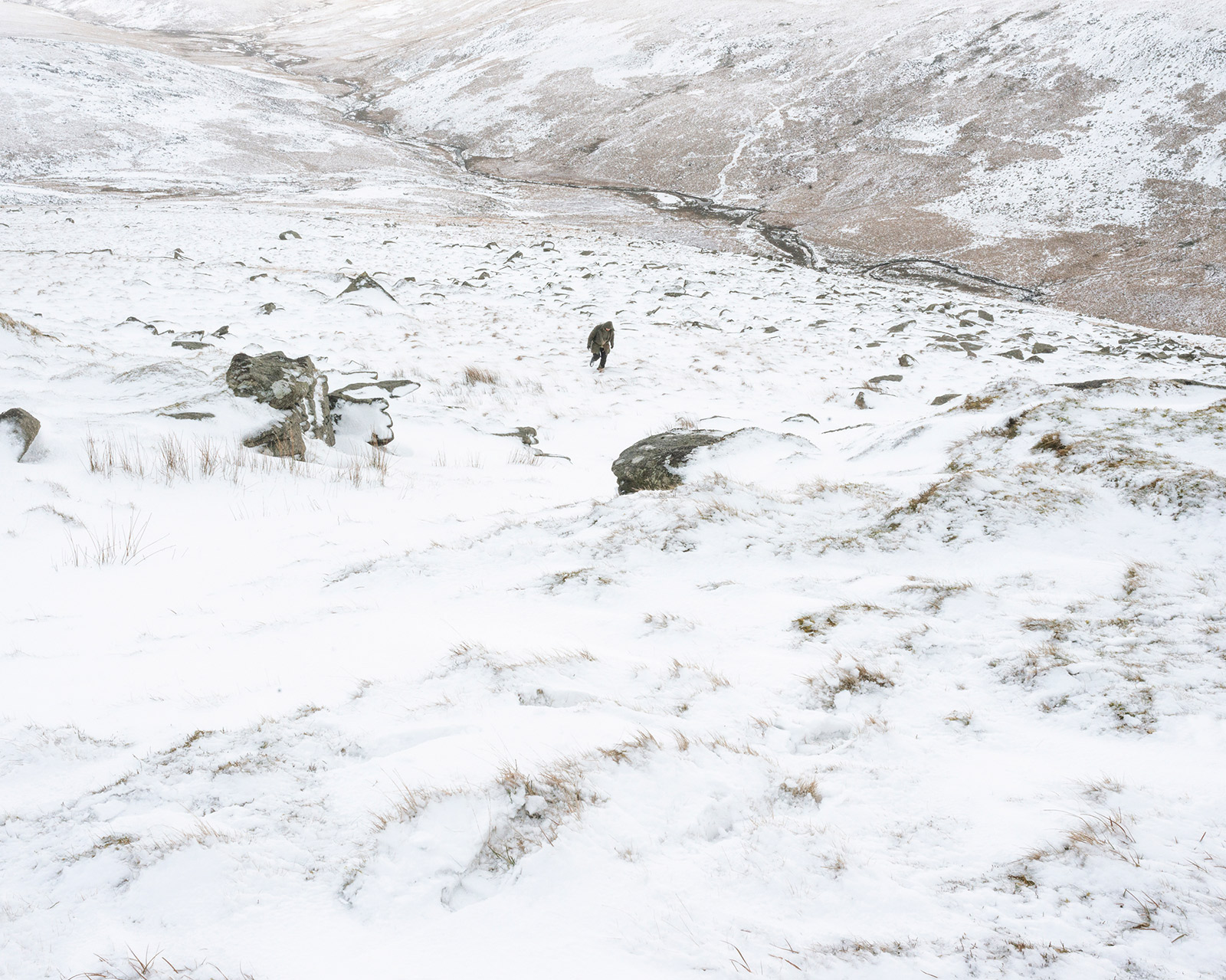



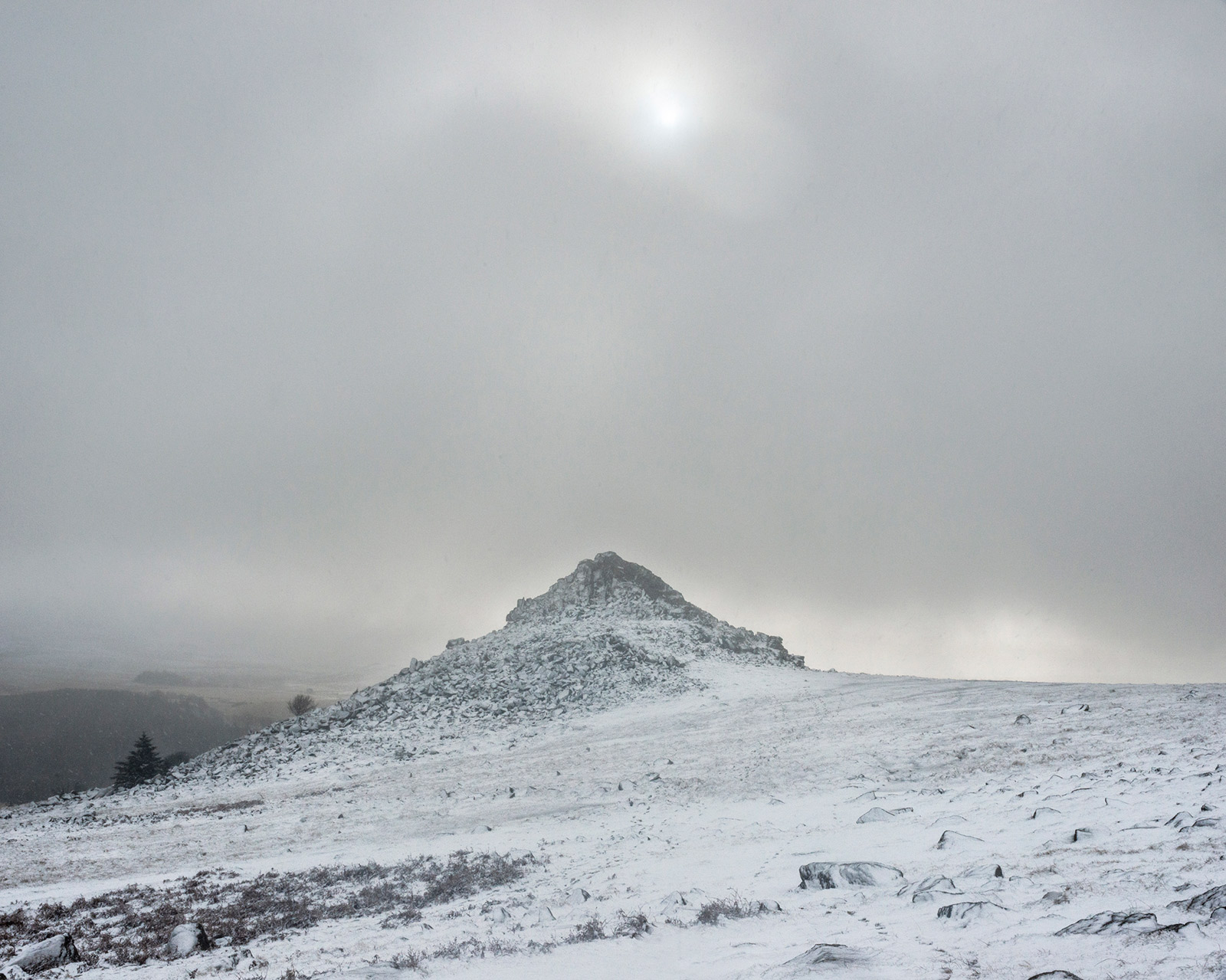
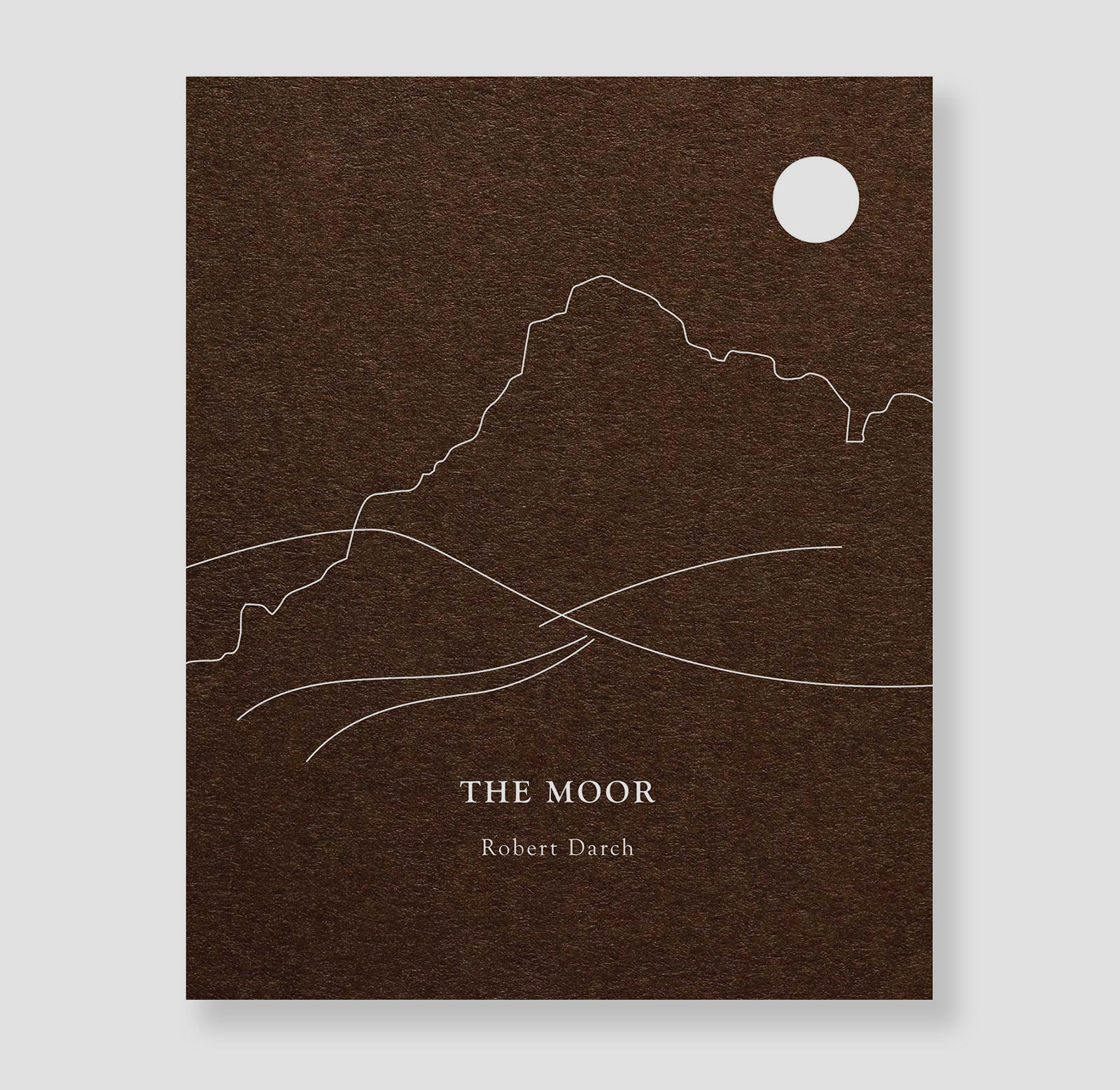
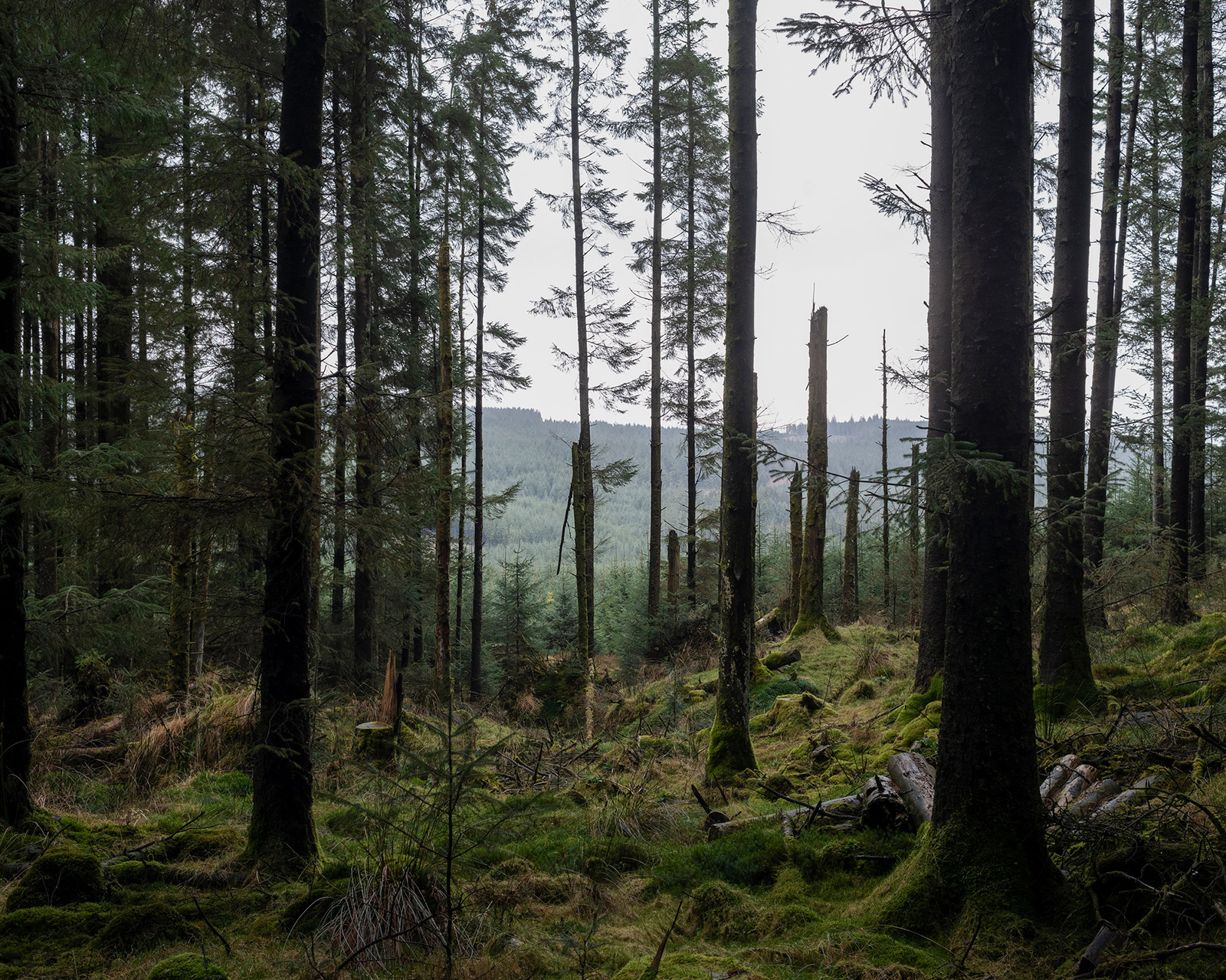
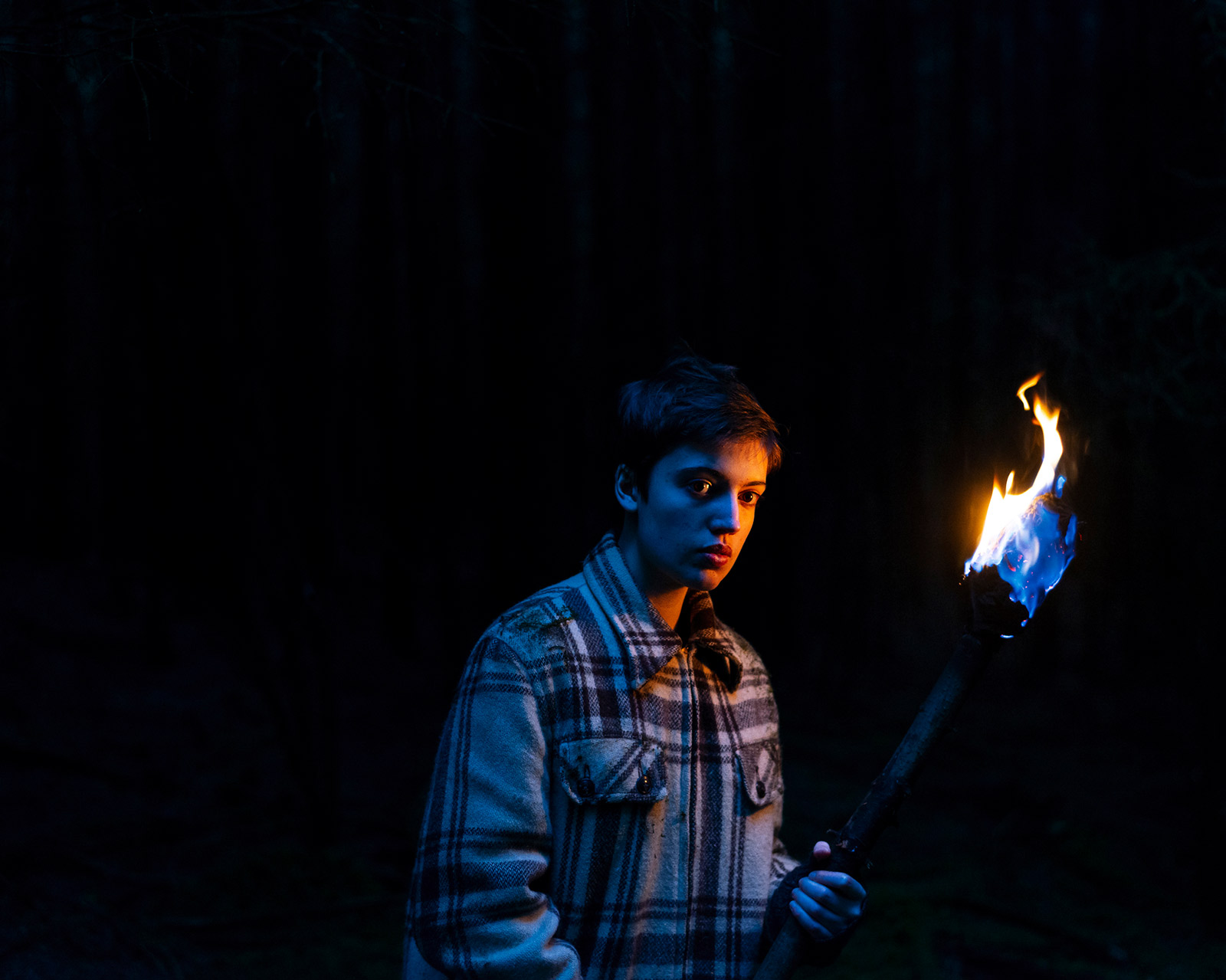
The Moor, £16, published by Another Place Press
Receive our daily digest of inspiration, escapism and design stories from around the world direct to your inbox.
Charlotte Jansen is a journalist and the author of two books on photography, Girl on Girl (2017) and Photography Now (2021). She is commissioning editor at Elephant magazine and has written on contemporary art and culture for The Guardian, the Financial Times, ELLE, the British Journal of Photography, Frieze and Artsy. Jansen is also presenter of Dior Talks podcast series, The Female Gaze.
-
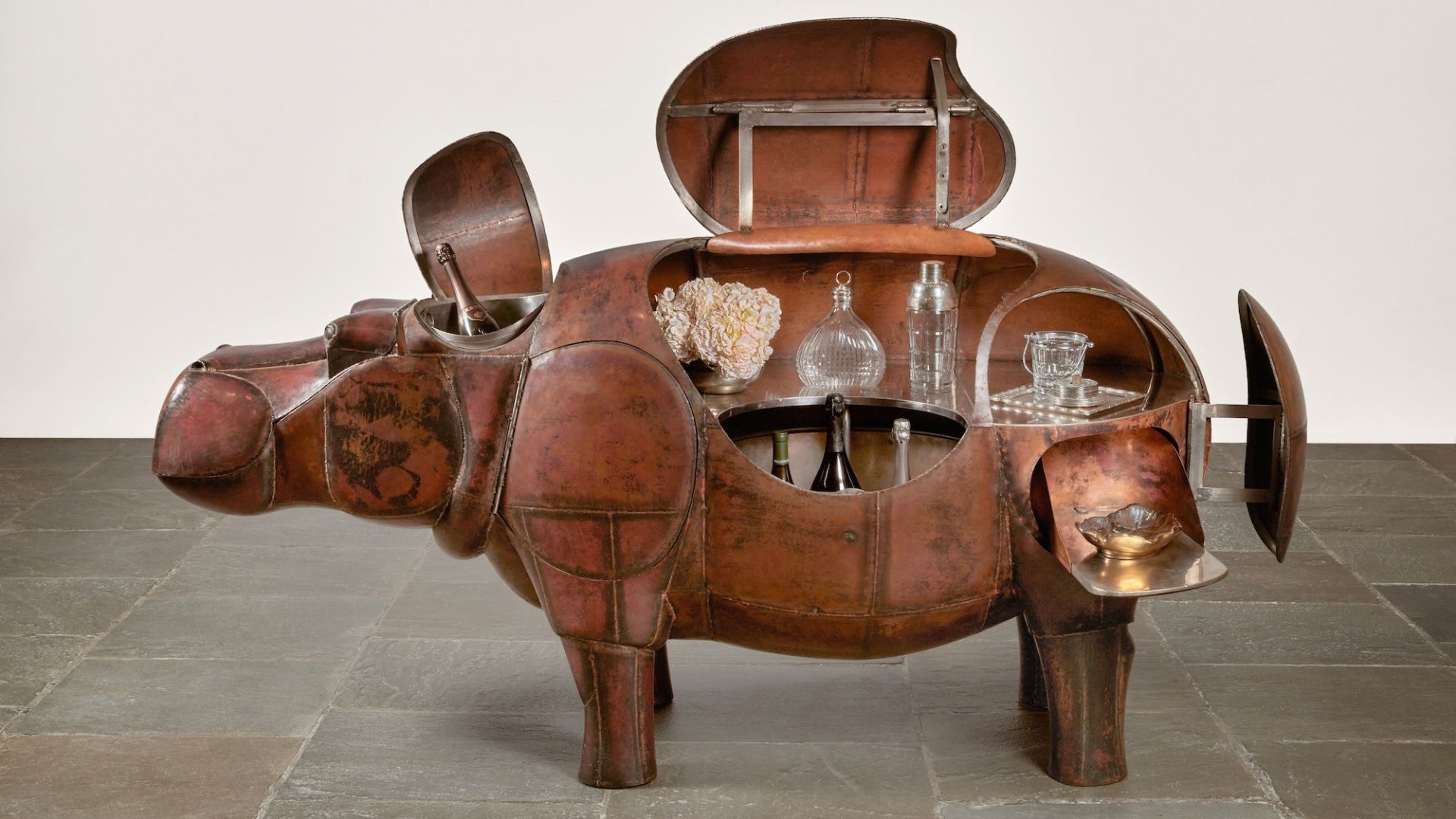 At $31.4 million, this Lalanne hippo just smashed another world auction record at Sotheby’s
At $31.4 million, this Lalanne hippo just smashed another world auction record at Sotheby’sThe jaw-dropping price marked the highest-ever for a work by François-Xavier Lalanne – and for a work of design generally
-
 NYC’s first alcohol-free members’ club is full of spirit
NYC’s first alcohol-free members’ club is full of spiritThe Maze NYC is a design-led social hub in Flatiron, redefining how the city gathers with an alcohol-free, community-driven ethos
-
 Inside Helmut Lang’s fashion archive in Vienna, which still defines how we dress today
Inside Helmut Lang’s fashion archive in Vienna, which still defines how we dress todayNew exhibition ‘Séance de Travail 1986-2005’ at MAK in Vienna puts Helmut Lang’s extraordinary fashion archive on view for the first time, capturing the Austrian designer-turned-artist’s enduring legacy
-
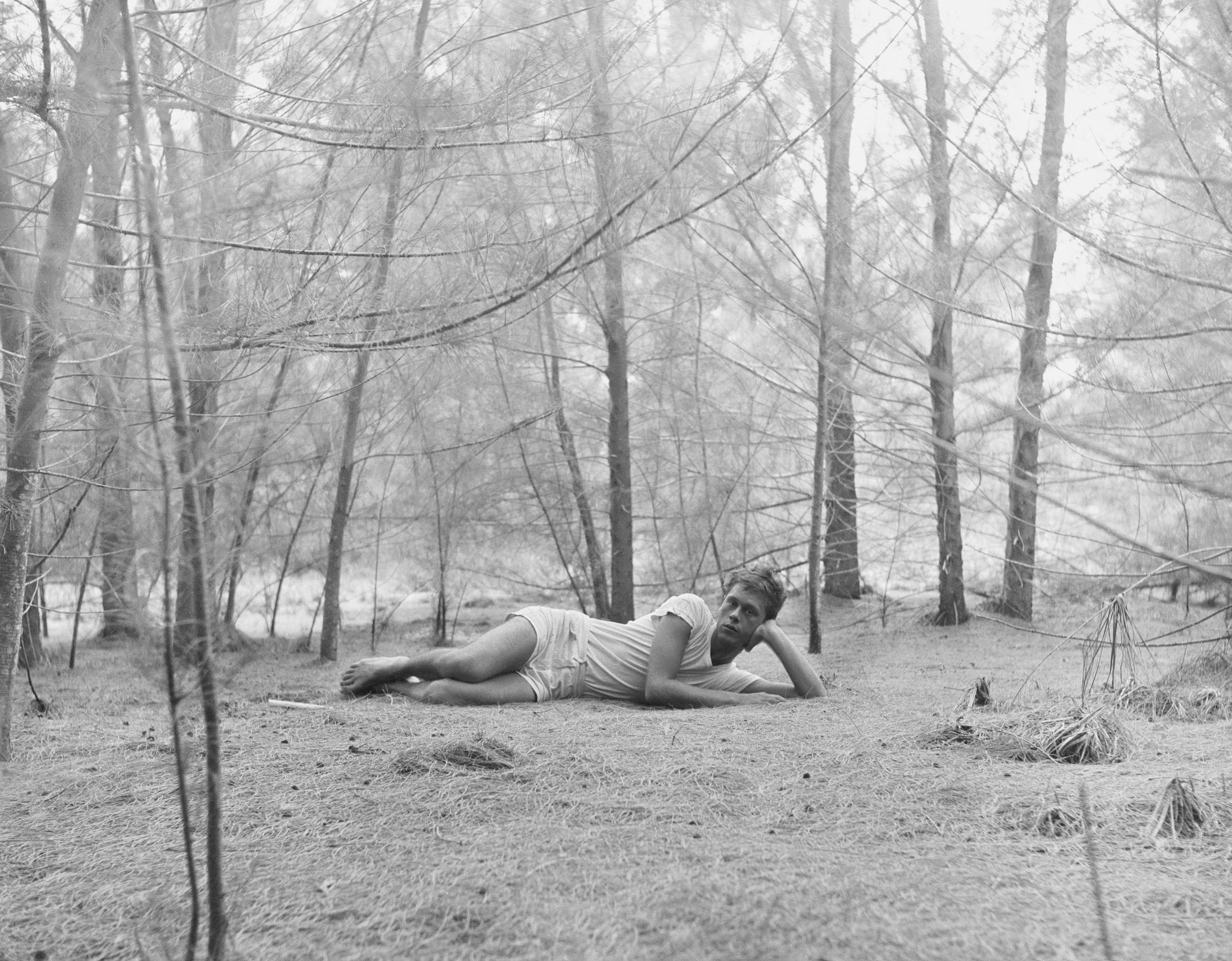 Inside the seductive and mischievous relationship between Paul Thek and Peter Hujar
Inside the seductive and mischievous relationship between Paul Thek and Peter HujarUntil now, little has been known about the deep friendship between artist Thek and photographer Hujar, something set to change with the release of their previously unpublished letters and photographs
-
 Nadia Lee Cohen distils a distant American memory into an unflinching new photo book
Nadia Lee Cohen distils a distant American memory into an unflinching new photo book‘Holy Ohio’ documents the British photographer and filmmaker’s personal journey as she reconnects with distant family and her earliest American memories
-
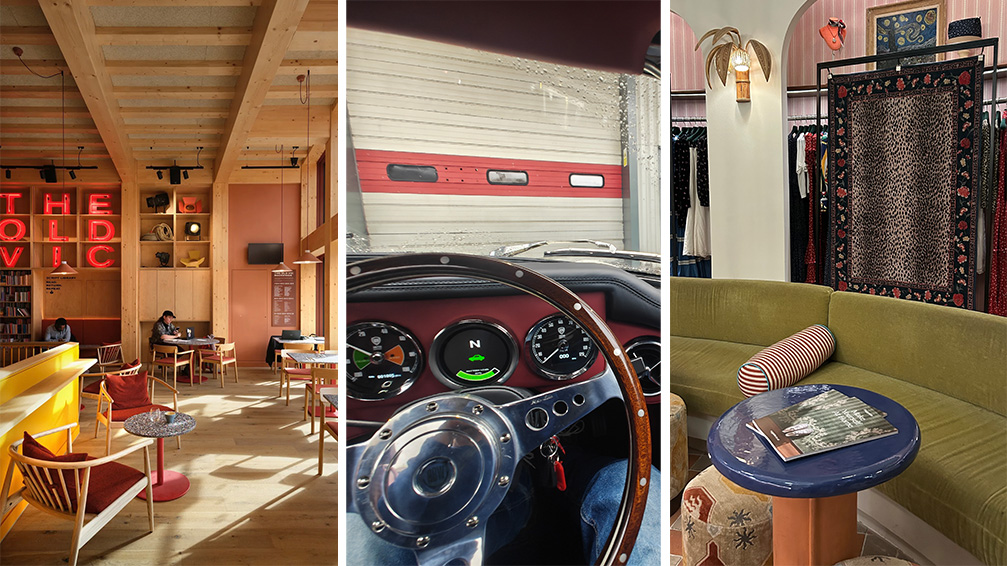 Out of office: The Wallpaper* editors’ picks of the week
Out of office: The Wallpaper* editors’ picks of the weekThe rain is falling, the nights are closing in, and it’s still a bit too early to get excited for Christmas, but this week, the Wallpaper* team brought warmth to the gloom with cosy interiors, good books, and a Hebridean dram
-
 Inside Davé, Polaroids from a little-known Paris hotspot where the A-list played
Inside Davé, Polaroids from a little-known Paris hotspot where the A-list playedChinese restaurant Davé drew in A-list celebrities for three decades. What happened behind closed doors? A new book of Polaroids looks back
-
 Inside the process of creating the one-of-a-kind book edition gifted to the Booker Prize shortlisted authors
Inside the process of creating the one-of-a-kind book edition gifted to the Booker Prize shortlisted authorsFor over 30 years each work on the Booker Prize shortlist are assigned an artisan bookbinder to produce a one-off edition for the author. We meet one of the artists behind this year’s creations
-
 Out of office: The Wallpaper* editors’ picks of the week
Out of office: The Wallpaper* editors’ picks of the weekThis week, the Wallpaper* editors curated a diverse mix of experiences, from meeting diamond entrepreneurs and exploring perfume exhibitions to indulging in the the spectacle of a Middle Eastern Christmas
-
 14 of the best new books for music buffs
14 of the best new books for music buffsFrom music-making tech to NME cover stars, portable turntables and the story behind industry legends – new books about the culture and craft of recorded sound
-
 Jamel Shabazz’s photographs are a love letter to Prospect Park
Jamel Shabazz’s photographs are a love letter to Prospect ParkIn a new book, ‘Prospect Park: Photographs of a Brooklyn Oasis, 1980 to 2025’, Jamel Shabazz discovers a warmer side of human nature